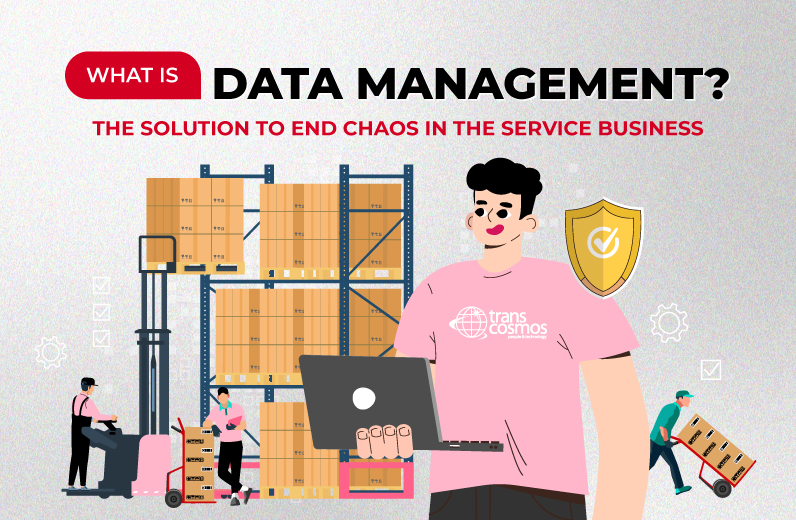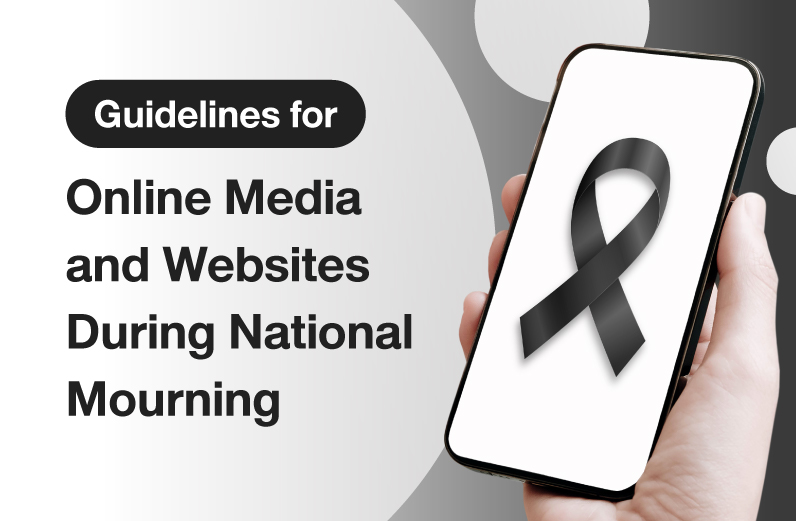How to Protect and Manage Your Brand During a Social Crisis Affecting Trust

In the online world, new issues and news emerge constantly, allowing people to easily engage by sharing or expressing opinions. This rapid spread of information can turn unexpected events into major issues, sometimes escalating into a Social Media Crisis.
Contents
2.Steps for Establishing Crisis Management (Social Crisis Management)
What is the Social Crisis?
A Social Crisis occurs when a large number of people unexpectedly voice negative opinions about a brand simultaneously, often referred to as a "Conflict" This can escalate into issue that damages the organization's reputation and lessen consumer trust, making it difficult for the brand to respond effectively.
Such crises can arise from various factors, including product and service issues or customer complaints. If multiple customers experience the same problem, it can lead to increased criticism. Ineffective online communication, such as failing to answer questions correctly or poorly handling negative comments, can also create customer dissatisfaction. Furthermore, if a brand is unaware of a problem or chooses not to address it, the situation can quickly worsen. Implementing Social Crisis Management strategies can help brands navigate these challenges, protect their image, and maintain consumer confidence.
Steps for Establishing Crisis Management (Social Crisis Management)
Online crisis management involves organizations addressing negative or dramatic news effectively. This process typically begins with the corporate communications team monitoring various content and responding to situations that require clear communication, issue clarification, or control over the dissemination of information. Here are the steps involved in managing a social crisis:
1. Monitor the Situation and Define Communication Strategy:
The first step involves actively monitoring mentions of products, services, or the brand across various platforms. This allows organizations to analyze public sentiment and detect any changes in opinion. By gathering internal data, they can investigate issues and implement solutions before they escalate into a social crisis. It’s essential to have a team of experts or utilize tools to manage online media and evaluate the potential impact of the crisis on brand trust. Identifying the root cause of the crisis is important, as it is communicating clearly to explain the situation and address the emotional responses of the public.
2. Select a Communication Strategy for Managing the Social Crisis
Brand communication during a crisis can have both positive and negative effects. When an organization faces issues, it’s essential to choose an appropriate communication strategy to the situation. These strategies can be categorized into four key approaches:
2.1 Denial
If the issue does not fall under the organization's responsibility, it can respond directly and politely to deny the allegations. However, if the news and accusation state clearly to the organization, it indicates that legal action might be necessary.
2.2 Mitigating the Severity of the Situation
When faced with significant dissatisfaction, the priority should be to minimize the crisis's impact on the brand’s reputation. This can be achieved through a sincere apology, taking responsibility, and committing to prevent similar issues in the future. Providing explanations and clarifying the facts that may not be known to the public, backed by clear evidence, can also help mitigate damage and restore credibility.
2.3 Restoring Trust
To rebuild customer trust and reputation after a crisis, initial compensation may be necessary. This could involve providing restitution or replacement products, along with sincere apologies and an admission of accountability for the incident.
2.4 Building Trust and Enhancing Brand Image
Restoring trust involves creating a positive perception of the organization among victims and stakeholders. This can include reminding the public of the organization’s past contributions, expressing gratitude to those who have supported the brand, and maintaining good relationships after the crisis. In cases where the organization is not at fault, it may also be important to seek public sympathy regarding the damage incurred.
However, enhancing the brand image must be approached with caution, if implemented inappropriately or when the organization is genuinely at fault, such strategies can backfire and lead to negative backlash.

3. Plan Communication with All Stakeholders
Social crises often happen from communication among individuals. Therefore, when a crisis occurs, organizations need to communicate with both internal and external parties, including affected employees, victims of the crisis, customers, and partners. As the target audience for communication shifts, it is essential to categorize the content and select appropriate channels for effective communication.
4. Establish a Crisis Communication Team
Since a social crisis is an urgent situation that requires rapid control, it is crucial to form a team dedicated to crisis management as a central point for operations. When a social crisis impacts public confidence, this team should consist of individuals who are already involved in corporate communications. Effective social crisis management relies on people who can perform under significant pressure. Additionally, the team must have full authority to manage the crisis, as speed is essential for effective control. Most importantly, the team needs to have accurate information and a thorough understanding of the situation to communicate clearly and correctly.
Conclusion
Social crises are often unpredictable, organizations or brands that quickly identify issues can prevent the spread of issues and social backlash. Every crisis serves as a lesson for organizations to learn from and continuously improve their products and services. Therefore, learning from mistakes and being prepared to address problems is crucial.
Using Social Crisis Solutions from transcosmos can help brands effectively manage and respond to crises in a timely manner, creating positive experience for consumers in the long run and enabling brands to better adapt their products and services to meet customer needs.
Continue reading about Social Crisis Solutions on the website at:
What is the difference between Social Crisis Solutions and Social Analysis? (https://www.trans-cosmos.co.th/blog/detail/44)





